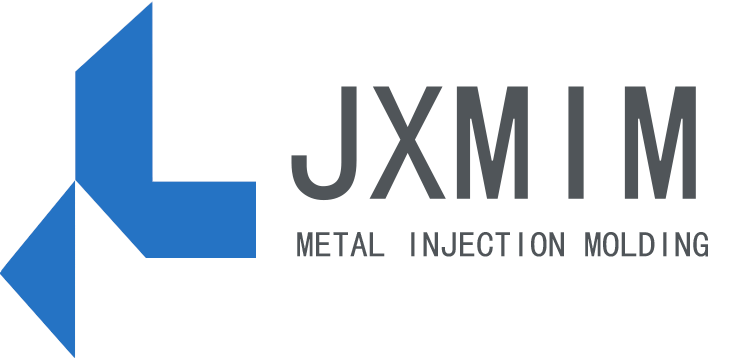- Home
- MIM Processes
MIM Processes
Typical Powdered Metal Injection Process (MIM)
Powdered Metal Injection Molding (MIM) is a versatile, cross-disciplinary method. MIM merges the design adaptability of plastic molding with the robustness of forged metal, offering a cost-effective solution for intricate part geometries.
A rapidly advancing high-tech approach in powder metallurgy, the MIM process typically involves four key steps: mixing, injection, degreasing, and sintering to yield the final part.
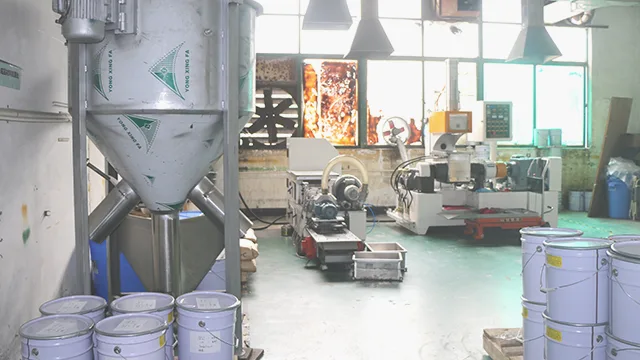
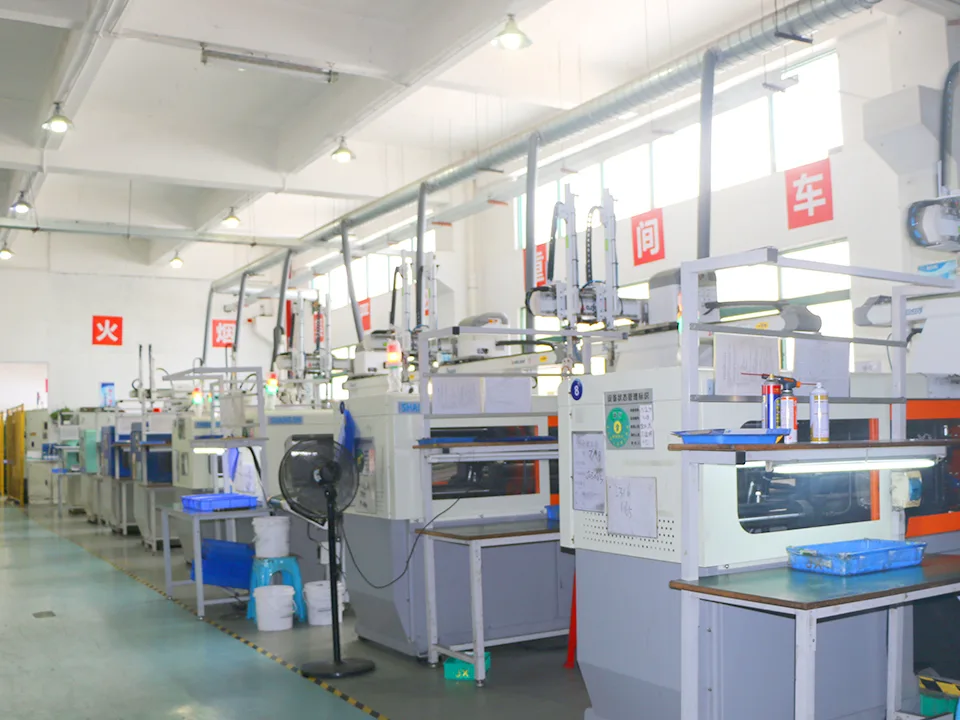
2. Powdered Metal Injection
The feed material is heated to a molten state, then propelled through a reciprocating screw into a mold gate. After cooling, the formed part is ejected from the mold, resulting in a green body.
3. Binder Removal (Degreasing)
Specialized degreasing equipment removes approximately 90% of the binder from the green body post-injection molding. The remaining 10% acts as support, allowing degreased parts to undergo subsequent sintering. The final removal of the binder occurs during the thermal debonding phase of the sintering process.
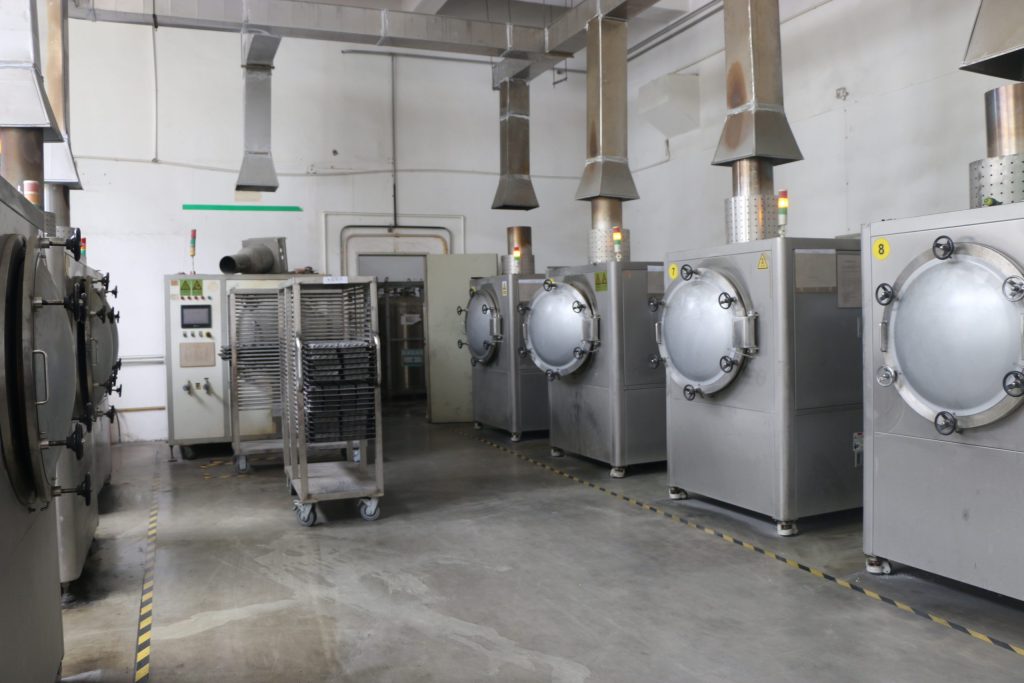
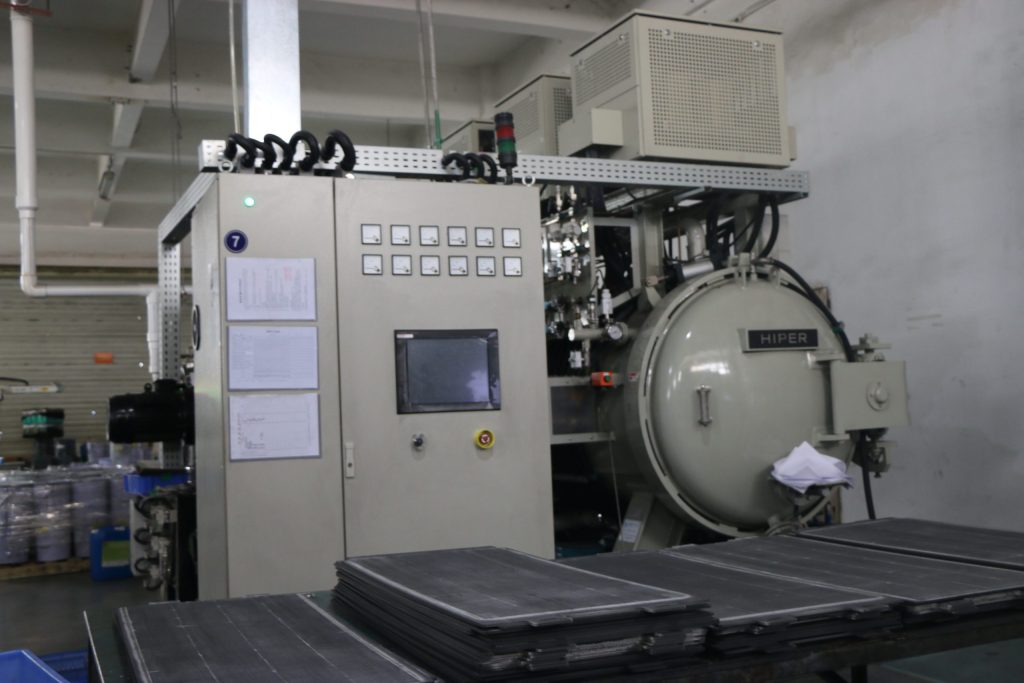
4. Sintering
The degreased product is positioned on a ceramic plate and placed into a sintering furnace. With precise temperature control, the furnace temperature gradually rises to around 85% of the material’s melting point. The sintered product achieves a relative density of about 98%, exhibiting performance similar to parts obtained through bar cutting. Post-sintering, additional processes like shaping, machining, heat treatment, and electroplating may be performed for more precise tolerances or enhanced material properties.
Powdered Metal Injection Advantages
The MIM process utilizes molds akin to injection molds, granting extensive geometric design freedom. As long as an injection mold can be formed, virtually all products become feasible through MIM.
MIM typically completes the production cycle in 5-7 days, ensuring continuous supply upon each cycle completion. Daily output, ranging from hundreds to hundreds of thousands, caters to diverse production scales based on demand.
With high-density characteristics, MIM products exhibit material properties akin to sheet-level performance, making them ideal for parts with specific performance requirements.
Utilizing MIM raw material powder with D90 below 18um, the sintered blank achieves a surface roughness of approximately Ra0.8. This facilitates subsequent treatments like grinding, polishing, and electroplating.
While the MIM process supports the production of almost all materials, optimal results are obtained by choosing stainless steel materials.
Powder injection molding typically achieves dimensional accuracy within +/-0.5%. Under special circumstances, a heightened accuracy of +/-0.3% can be realized.
Process Comparison
| Comparison Criteria | Metal Injection Molding (MIM) | Precision Casting | Machining | Sheet Metal Stamping |
|---|---|---|---|---|
| Density | 98% | 98% | 100% | 100% |
| Tensile Strength | High | High | High | High |
| Surface Finish | High | Medium | High | High |
| Miniaturization Capability | High | Low | Medium | High |
| Thin Wall Capability | High | Medium | Low | High |
| Complexity | High | Medium | High | Low |
| Design Tolerance | High | Medium | Medium | Low |
| Production Capacity | High | Medium | Medium-High | Medium |
| Material Range | High | Medium-High | High | Medium |
| Supply Capability | High | Medium | Low | High |
| Advantages | Specific Performance |
|---|---|
| High Design Flexibility | MIM technology can directly shape complex metal parts similar to plastic injection molding, allowing for free three-dimensional design. Structures achievable in plastic molding can theoretically be realized through MIM. |
| Outstanding Physicochemical Properties | MIM products exhibit uniform organization and excellent density, achieving sintered densities of over 98%, approaching theoretical density. Mechanical properties such as strength, hardness, and elongation surpass traditional processes. |
| Higher Dimensional Accuracy | MIM products achieve first-time forming dimensional accuracy of +/-0.3%, eliminating the need for post-processing in products with standard accuracy requirements. When combined with other processing methods, higher dimensional accuracy can be attained. |
| More Material Options | MIM technology supports the use of almost all metal materials, particularly suitable for applications with high material performance requirements. Considering economic factors, primary materials include iron-based, nickel-based, copper-based, and titanium-based metals or alloys. |
| Exquisite Appearance | The surface roughness (Ra) of MIM sintered blanks can reach 1μm, and dazzling appearance effects can be achieved through various surface treatment methods. |
| Flexible Mass Production Capability | MIM technology allows flexible adjustment and rapid increase in production volume, responding quickly from hundreds to hundreds of thousands of units per day. |
| Extremely High Material Utilization | MIM technology achieves nearly 100% material utilization, being a near-net shaping technology that effectively avoids material waste. |
| Significant Batch Cost Advantage | MIM technology, being near-net shaping, presents noticeable cost advantages in batch production compared to other processes, especially for structurally complex products. |
